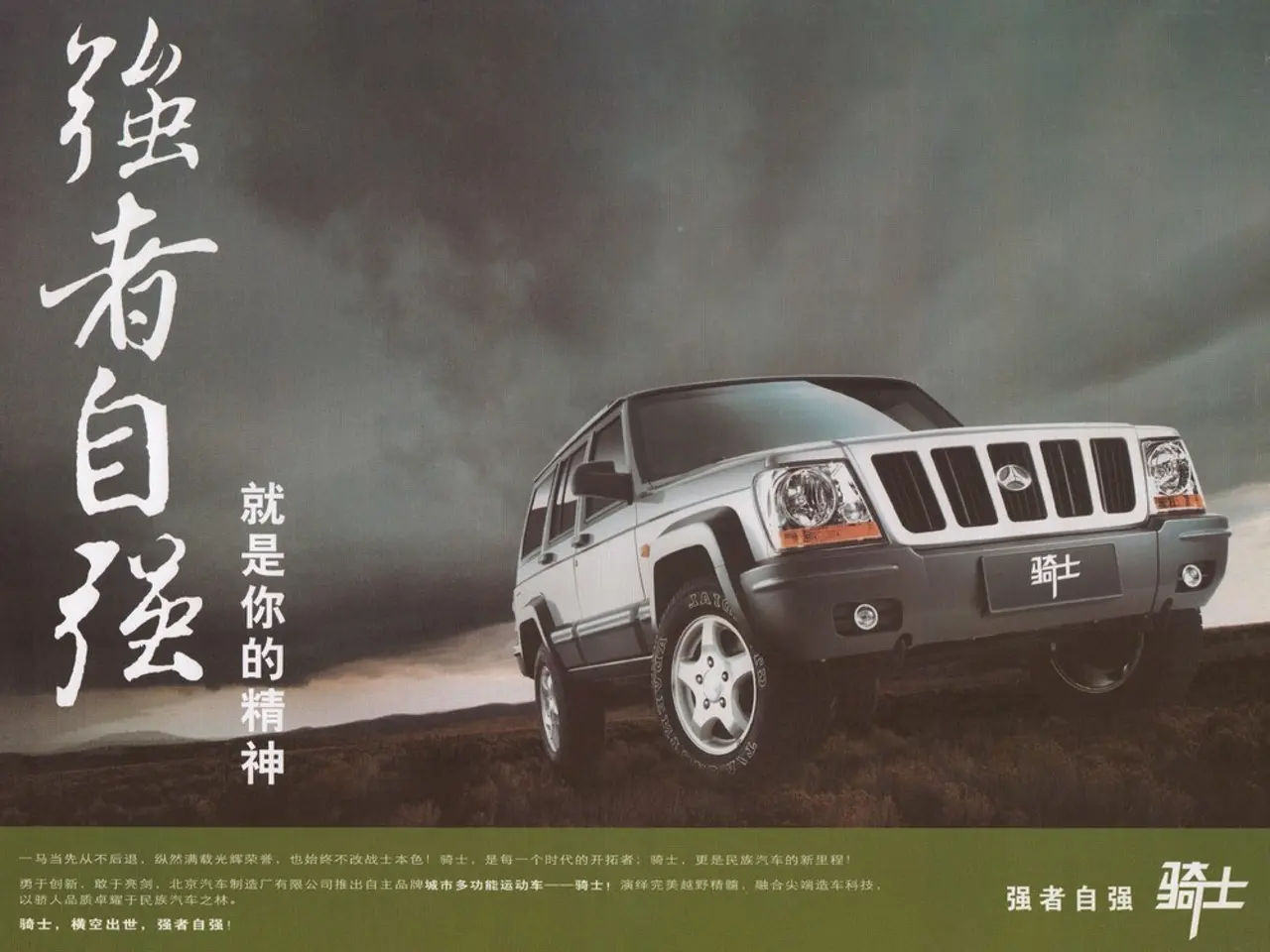Lithium costs escalate following the closure of the significant Jianxiawo mine by CATL in China.
The lithium industry in China is currently under scrutiny by Beijing as part of broader efforts to control fast-growing industries with overcapacity. This regulatory focus has led to significant changes within the sector, most notably the shutdown of Contemporary Amperex Technology Co. Ltd.'s (CATL) Jianxiawo lithium project in Jiangxi province.
The Jianxiawo project, which accounted for about 6% of global lithium mining capacity, was halted amid intensified regulatory inspections and the non-renewal of the mining license. The immediate impact of this shutdown was a surge in lithium carbonate prices, with about a 3% rise in China spot prices shortly after the shutdown. This surge was followed by a boost in lithium-related stocks globally.
Other lithium mines in Yichun and elsewhere in China are facing similar scrutiny, with audits and regulatory demands potentially leading to the suspension of 15-20% of local lithium production by late 2025. Despite these cuts, the global lithium market remains in overall oversupply, with production capacity exceeding demand by around 100,000-150,000 tonnes LCE in 2025. The CATL production cut is estimated to reduce 6,000-8,000 tonnes of LCE short term—not enough to fundamentally change the supply balance but supportive for prices.
Chinese policies focus on "supply-side reform" to eliminate inefficient high-cost producers, consolidate the market, and prevent boom-and-bust cycles caused by excessive capacity and price wars. New regulations, including the Mineral Resources Law designating lithium as a strategic mineral, and introduction of unfair competition restrictions aim to stabilize and professionalize production.
Capacity expansion continues in other parts of China with new processing plants in Jiangxi and Sichuan raising lithium hydroxide output by 35,000 tons annually and achieving 8-12% cost reductions through technical improvements. Long-term demand drivers remain robust owing to global growth in electric vehicles (EVs) and energy storage systems, underpinned by South Korea and Japan’s battery sectors heavily relying on Chinese lithium supplies.
Market experts predict that while near-term lithium prices will experience some volatility due to regulatory actions and production cuts, the fundamental demand growth will support sustainable price and volume recovery over the medium to long term. The outlook is for a healthier, more disciplined lithium market in China, capable of supporting global clean energy transitions.
CATL aims to restart operations at the Jianxiawo lithium project "as soon as possible" after seeking a renewal of the mining license. However, a prolonged shutdown may force CATL to source more lithium abroad, increasing costs and complicating logistics. Renewing a mining license in China involves multiple reviews, including environmental impact assessments, land use compliance checks, safety protocols, community impact studies, and assessments of resource utilization efficiency.
The Jianxiawo site produces over 46,000 metric tons of lithium carbonate equivalent (LCE) annually, which is about 3-6% of the world’s expected output for 2025. The global lithium market is oversupplied, but local disruptions can still cause temporary price spikes and strain supply chains. Shares of lithium miners worldwide, including Tianqi Lithium in Hong Kong and China's Ganfeng Lithium, rose sharply due to the expected tighter lithium supply and higher prices.
Experts believe the process for renewing the mining license may take at least three months due to current regulations. In August, lithium carbonate prices climbed above CNY 75,000 per tonne, reaching their highest level since March. CATL's cost structure for the Jianxiawo mine shows production costs are around RMB 100,000 ($13,920) per ton, much higher than current market prices.
The Jianxiawo lithium project in Yichun, Jiangxi, operated by Contemporary Amperex Technology Co. Ltd. (CATL), has been closed due to an expired mining license. The Jianxiawo mine is crucial for CATL's business model, supplying lithium for battery production and reducing reliance on imports. Higher raw material costs, supply bottlenecks, and delivery delays may impact automakers relying on CATL's batteries. CATL holds a 37.9% share of the global EV battery market in the first half of 2025. Lithium is essential for electric vehicle (EV) batteries, particularly lithium iron phosphate (LFP) types, which dominate CATL's production.
The shutdown of the Jianxiawo lithium mine led to a surge in lithium stocks and a 8% jump in lithium carbonate futures on the Guangzhou Futures Exchange. Beijing's crackdown on overcapacity includes sectors such as steel, coal, and renewable materials, as well as the lithium industry. China's lithium dominance is expected to grow, with Fastmarkets predicting that China will surpass Australia as the world's largest lithium producer by 2026.
The shutdown of the Jianxiawo lithium project, a significant contributor to global lithium mining capacity, has led to a surge in lithium carbonate prices and a boost in lithium-related stocks globally. This regulatory focus on fast-growing industries, such as the lithium industry, is part of Beijing's efforts to implement technology regulations aimed at stabilizing and professionalizing production, especially for strategic minerals like lithium.




